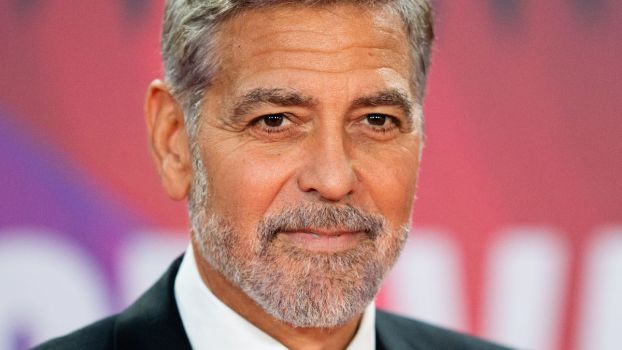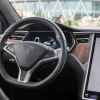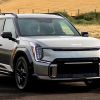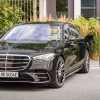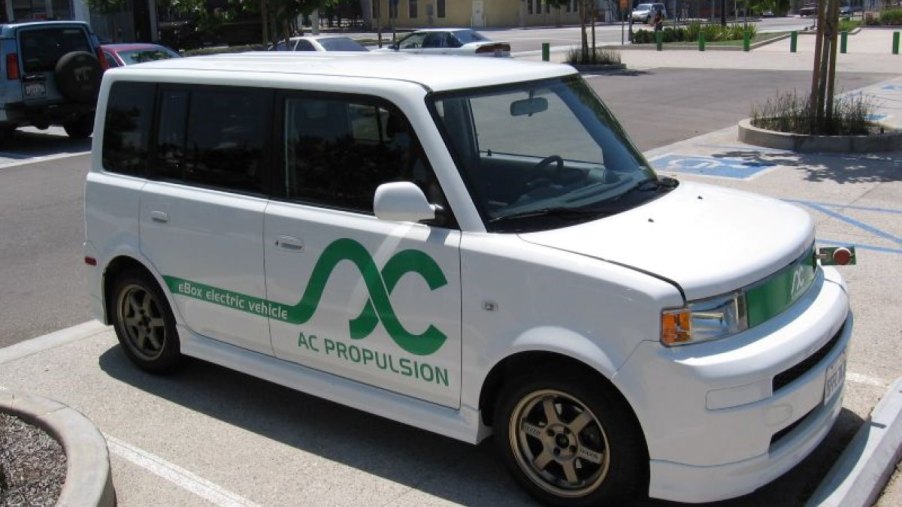
Remember the Scion xB? Tom Hanks Once Bought an Electric Version for $70,000
What do Tom Hanks, the Scion xB, and Tesla have in common? An early electric vehicle company called AC Propulsion. Hanks emerged as an ardent supporter of early electric vehicles, and one of the best early options was the ACP eBox. It’ll be tough to find one for sale today, but it helped spawn the EV revolution.
Why convert the Scion xB to an EV?
Choosing the Scion xB for an EV conversion might be an odd choice. It was never a particularly popular vehicle, and its youth-oriented status wasn’t commensurate with the extra $50,000 cost for the EV swap. But the boxy hatchback’s unique shape made it an ideal candidate for battery packs and electric motors.
In addition, the xB was cheap to buy at just over $13,000 and featured a compact frame borrowed from the Toyota Yaris. The combination of lightweight, low price, and squared shape made it an ideal candidate for an electric vehicle.
How did AC Propulsion convert the Scion xB to electric?
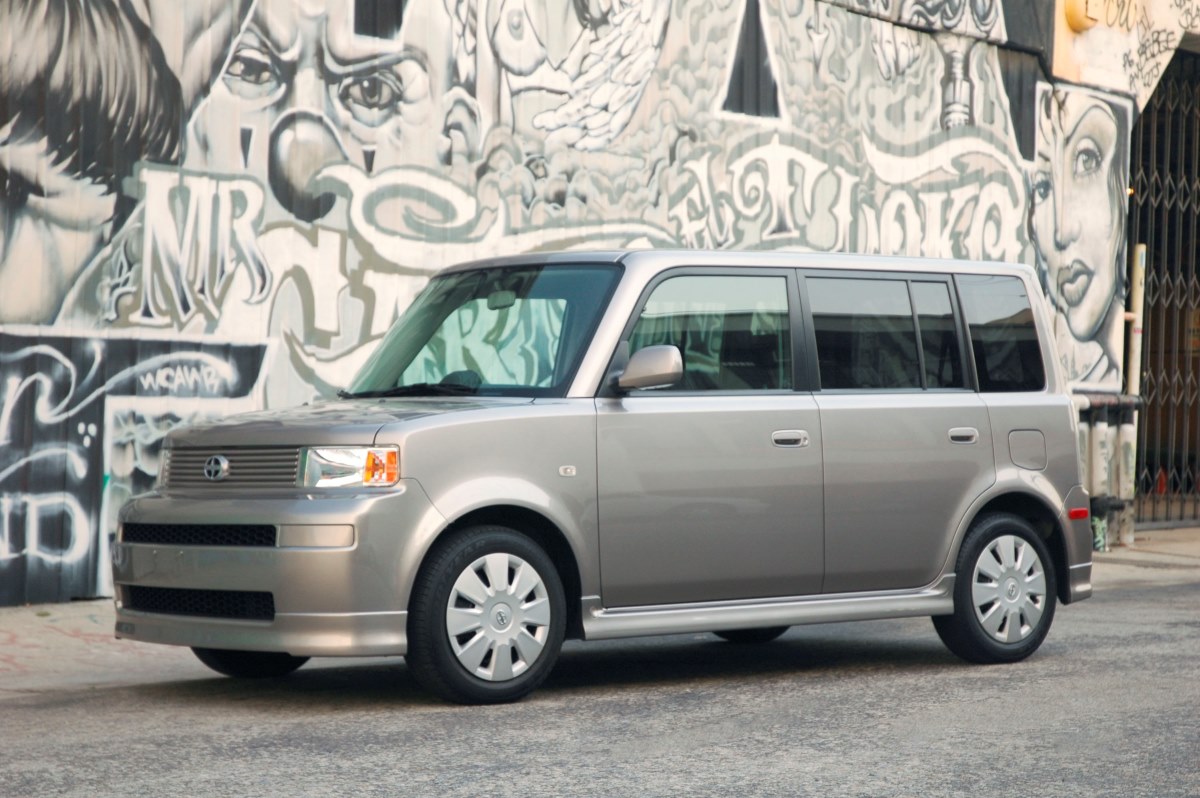
The Scion xB is a five-seat hatchback, but it has the low ride height of a traditional sedan. The standard 1.5-liter four-cylinder engine made just 108 horsepower through a four-speed automatic transmission. After all, this was designed to be an affordable, reliable, and efficient car for young drivers on a budget.
That said, AC Propulsion chucked that anemic powertrain and installed its own motors and battery pack. That Lithium-Ion battery setup was among the first in any electric vehicle and made the eBox an instant success.
With 200 horsepower and 180 miles of range, the eBox proved that electric vehicles could be viable for daily use. To that point, the longest-range EVs could barely crack three figures, let alone approach the 200-mile mark. And they did so at a glacial pace, oftentimes unable to keep up at highway speeds.
The Chevy S-10 EV, for example, debuted in 1997 but could only do 70 mph. Worse yet, it took 18 seconds to reach 50 mph and had just 44 miles of range.
The eBox solved all of those problems in one fell swoop.
Tom Hanks bought the first production eBox
It took until 2007 for the eBox to finally enter production. At that point, none other than Tom Hanks was the first to take home a consumer-grade model. A longtime proponent of EVs, Hanks also purchased the early Toyota RAV4 EV on a mission to reduce his carbon footprint.
Critically, you couldn’t just walk into an AC Propulsion dealership and buy an eBox from the showroom. Instead, you had to shell out the $14,000 for a new Scion xB first. Then bring it to ACP and pay an additional $55,000 for the electric conversion. That brings the total cost, without tax, to $69,000.
For a Scion xB. In 2007.
It’s not hard to see why the concept didn’t take off. But to ACP’s credit, it did inspire a new generation of mainstream EVs and kicked off an automotive revolution.
AC Propulsion inspired Tesla Founder Martin Eberhard
AC Propulsion’s electric vehicle technology attracted eventual Tesla founder, Martin Eberhard, to create the first Tesla Roadster. Eberhard wanted a sports car but didn’t want to worry about the environmental impact of a gas-powered vehicle. Upon seeing the performance potential of Lithium batteries in the ACP Tzero, Eberhard founded Tesla Motors.
Meanwhile, AC Propulsion founders Tom Gage and Alan Coconni wanted to take a more mainstream approach. As Tesla began work on the Tzero-inspired Roadster, AC Propulsion went more mainstream with the eBox.
Fast forward to 2023, and it’s not hard to see who won that battle.
